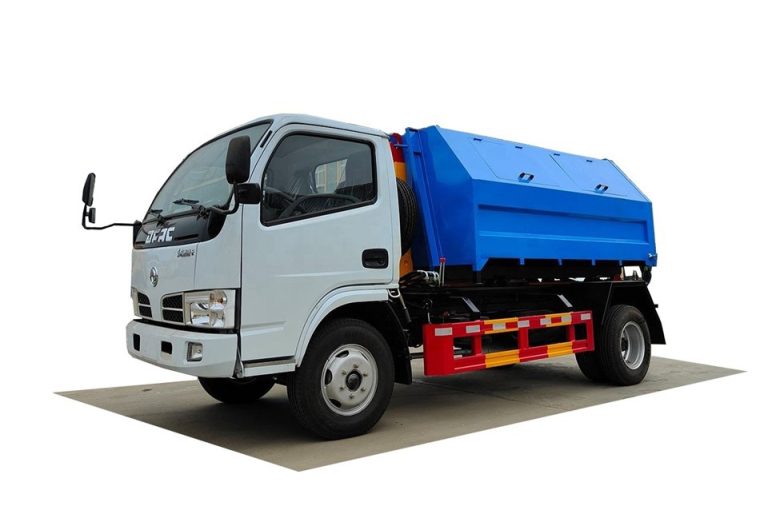Introduction
Septic waste tanks play a crucial role in managing wastewater in areas without centralized sewage treatment systems. These tanks can efficiently handle household waste while protecting the environment and ensuring public health. In this comprehensive guide, we dive deep into the workings of septic waste tanks, their maintenance, and best practices for homeowners. Whether you’re considering installing a septic system or looking to maintain an existing one, this article will provide you with all the essential information.
What is a Septic Waste Tank?
A septic waste tank, commonly referred to as a septic tank, is an underground chamber used to treat and store wastewater from residential properties. It collects sewage and waste from toilets, showers, sinks, and other plumbing fixtures. The design of a septic tank allows solids to settle at the bottom, forming sludge, while lighter materials, such as grease and oils, float to the top, forming scum.
Components of a Septic Waste Tank
Understanding the components of a septic tank helps in knowing how it functions:
- Inlet Pipe: Connects the home’s plumbing to the septic tank.
- Outlet Pipe: Directs the effluent (treated wastewater) to the drain field.
- Access Ports: Allow for inspections and maintenance of the tank.
- Baffle: Prevents scum from entering the outlet and helps in the treatment process.
- Drain Field: A series of trenches or beds where effluent is further treated and absorbed into the ground.
How Does a Septic Waste Tank Work?
The septic tank operates on a simple, natural process involving both physical and biological treatment of wastewater:
Step 1: Wastewater Inflow
Wastewater enters the tank through the inlet pipe.
Step 2: Separation
In the tank, the waste is allowed to settle. Heavier solids form sludge at the bottom while lighter materials rise to form scum on the surface.
Step 3: Anaerobic Digestion
Within the tank, anaerobic bacteria break down the organic matter in the sludge, helping to reduce its volume.
Step 4: Effluent Outflow
The clarified effluent, which is less contaminated, flows out through the outlet pipe into the drain field for further treatment and dispersion.
Types of Septic Waste Tanks
Septic tanks come in various designs and materials. Here are the most common:
1. Concrete Septic Tanks
Concrete tanks are durable and can last for decades. They’re often preferred for their strength and resistance to root intrusion.
2. Fiberglass Septic Tanks
These lightweight tanks are resistant to corrosion, making them a popular choice. However, they can be more expensive than concrete tanks.
3. Plastic Septic Tanks
Plastic tanks are lightweight and easy to install. They’re resistant to rust and corrosion but may not be as strong as concrete tanks.
Benefits of Using a Septic Waste Tank
Installing a septic waste tank comes with several advantages:
- Cost-Effective: In areas without sewer connections, a septic tank can be more economical in the long run.
- Environmental Protection: Properly functioning tanks prevent sewage contamination in the environment.
- Independence: Homeowners are not reliant on municipal waste systems.
Installation of a Septic Waste Tank
The installation of a septic tank is a critical step that requires careful planning and execution:
Factors to Consider
- Local Regulations: Understand the permits and codes required in your area.
- Soil Type: Test your soil to determine the suitability for a septic system.
- Tank Size: Calculate the necessary tank size based on household needs.
Installation Process
- Obtain the necessary permits.
- Choose an appropriate location keeping distance from water sources.
- Excavate the area for the tank.
- Install the tank following manufacturer guidelines.
- Connect the inlet and outlet pipes securely.
- Cover the tank and landscape the area sustainably.
Maintenance of a Septic Waste Tank
To ensure the longevity and efficiency of your septic system, regular maintenance is essential:
1. Regular Inspections
Professionals should inspect the tank annually to check for any potential issues.
2. Pumping the Tank
Pumping should occur every 3-5 years, depending on tank size and household usage. This prevents sludge build-up.
3. Proper Waste Disposal
Avoid flushing non-biodegradable materials, excessive grease, and chemical cleaners down the drain as these can disrupt the tank’s balance.
Common Issues with Septic Waste Tanks
Even with proper maintenance, septic tanks can encounter problems:
1. Clogs and Backups
Clogs can occur due to grease build-up or non-biodegradable materials. Regular pumping can help alleviate this issue.
2. Leaks and Cracks
Over time, tanks can develop cracks or leaks due to shifting soil or degradation of materials, leading to contamination.
3. Foul Odors
Unpleasant smells can indicate a full tank or system failure, requiring immediate attention.
Practical Tips for Homeowners
Here are some expert recommendations to help you maintain your septic tank effectively:
- Keep records of septic maintenance and inspections.
- Practice water conservation to reduce the load on your system.
- Use septic-friendly products for cleaning and laundry.
- Avoid planting trees and large shrubs near the drain field to prevent root intrusion.
FAQs about Septic Waste Tanks
1. How often should I have my septic tank pumped?
It is generally recommended to pump your septic tank every 3 to 5 years, but frequency can vary based on usage and household size.
2. Can I install a septic tank myself?
While some aspects of installation can be managed by homeowners, it’s advisable to hire licensed professionals to ensure compliance with local regulations and proper installation.
3. What should I avoid flushing down the toilet?
Avoid flushing anything other than human waste and toilet paper, including non-biodegradable items, chemicals, and grease.
4. How can I tell if my septic system is failing?
Signs of a failing septic system include slow drains, unpleasant odors, lush patches of grass over the drain field, and backups in plumbing fixtures.
5. What is the lifespan of a septic tank?
With proper care, a concrete septic tank can last 40 years or more, while fiberglass tanks typically last 30 years.
6. Is it possible to replace a septic tank?
Yes, septic tanks can be replaced if they are compromised, outdated, or inefficient. Consulting with a septic professional is recommended to assess the situation.



